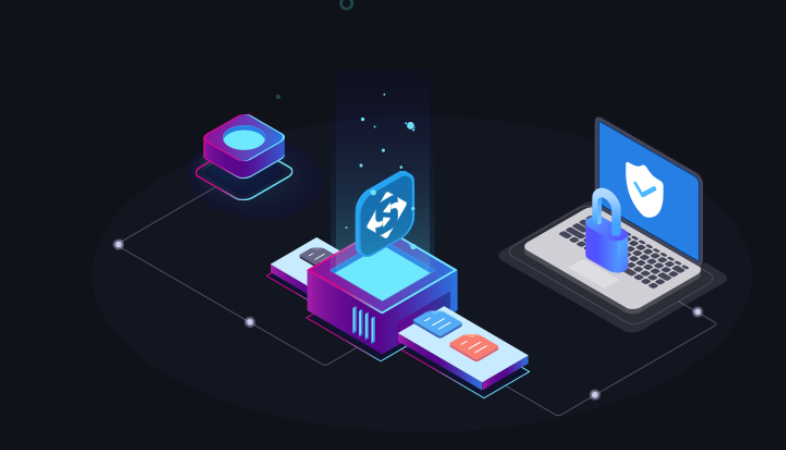Understanding the Role of Database Migrations in Ruby on Rails

Introduction
The popularity of Ruby on Rails(RoR) for small to large scaled businesses is not naive. It is a widely adopted server-side open-source web development framework in the Ruby programming language. RoR follows the Model-View-Controller architectural pattern and was released under an MIT license. It is the best choice for businesses as well as RoR developers to choose RoR for web development because of its advantages, like ease of use, rapid development, and cost-effectiveness. Because of its increasing popularity and features, there is a massive demand for RoR developers.
The unique feature of RoR that distinguishes it from other popular frameworks is its unique and potent Database migration system. Database migration in Ruby on Rails is one of the core features; it is necessary to understand its importance and role in web development. This article will provide a detailed understanding of Database migration and its importance in RoR applications. We will learn the concept of Database migration and root out its significance and importance in evolving and maintaining database schema.
What are Database Migrations?
Database migration is the series of steps or scripts executed to modify the database schema framework to meet an application’s specific requirements. Database migration in RoR uses Domain-specific language(DSL), eliminating the need to write statements manually. DSL is advantageous to RoR developer as it is capable of making changes in database schema in a more precise and straightforward manner. DSL is used to design and construct specific tables, columns, relationships, and constraints. The schema is modified and structured in an organized manner throughout an application.
Purpose of Database Migrations
Migration aims to make database schema adaptable and align to the changing requirements of the applications evolving over time. Database migration in RoR helps make organized and consistent changes throughout the time frame in the database schema structure while retaining the existing data. The applications’ structure is inconsistent; it changes as new features are added, updates are made in earlier versions, modifications of existing data are made, and there are instances where the whole data model is revised. Migration is helpful to ensure that the above operations are implemented smoothly, controlled, and consistently, irrespective of the environment, such as testing, development, and production.
The Role of Migrations in RoR Applications
- Creating and Modifying Tables
Migration is a boon for RoR developers as it gives the most convenient and flexible way to create or modify new tables. The modifications done with migration makes it easy to manage and track the database schema. By aligning the relationship with the tables and migrating files, developers can accurately reflect the application’s structure requirements.
- Version Control and Collaboration
As migration provides and supports collaborative environments for web development, there may be instances where a project might require multiple developers to work. There should be clear and smooth communication between the developer’s team to avoid confusion and complexity. To overcome this, the developers can share and track the modifications in the database schema with the use of Git, which is a version control system of migration. To ensure productivity and maintain consistency over the project, each developer can create their migrating file and apply it to local databases over various environments. It enhances performance and ensures clarity and irrelevancy among the team of developers.
- Database Agnostic
The significant advantage of using RoR’s migration system is that it is database-agnostic. It is possible to work with Different Database Management Systems (DBMS) like MySQL, PostgreSQL, or SQLite using database migration in RoR. It makes developing applications simple and compatible for the RoR developers to work with different database systems. The developers can easily switch between the databases with slight modification of codes. The migration files withdraw the specific details of the database, making it easy for the different database systems to adapt.
- Handling Schema Evolution
Innovations and evolution are part of the business. To be successful, it is necessary to maintain consistency in updating the database schema of applications. The process is made easy and more straightforward with migration, allowing developers to make structural changes like adding or removing columns, renaming tables, and retaining the existing data.
- Data Transformation and Seeding
Data transformation in migration involves modifying and updating the present data. It includes tasks like stuffing the earlier data or migrating the current data to correlate with the new schema. The data transformation and seeding process is helpful while shifting from the older version to the newer version of the application. It is required to manipulate data to introduce new features or update the existing ones.
Conclusion
To move with the fast-growing technology, it is crucial to be innovative and consistent with adapting new and updated features. Database migration in Ruby on Rails enables the RoR developers to stay updated and manage database schema over some time. The developers can create, modify, and can version-control database structure, which ensures the consistent performance of developers across all environments and even facilitates collaboration with multiple developers. Migration’s database-agnostic nature gives flexibility in choosing different database management systems. To simplify the database schema and evolve with advancements that help scale the business, database migration is beneficial to maintain and keep data organized. By contacting RoR development company and developers, gain the maximum advantage of migration to stay updated with web development.
Author Bio:
Chandresh Patel is a CEO, Agile coach, and founder of Bacancy Technology. His truly entrepreneurial spirit, skillful expertise, and extensive knowledge in Agile software development services have helped the organization to achieve new heights of success. Chandresh is fronting the organization into global markets in a systematic, innovative, and collaborative way to fulfill custom software development needs and provide optimum quality.






